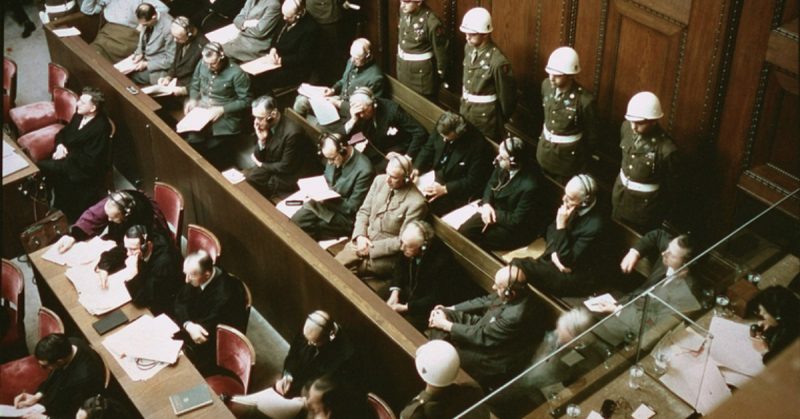The last known sighting of Mueller was on the evening of May 1, the day after Hitler’s suicide, when he was seen at the Reich Chancellery building in Berlin.
Heinrich Mueller, chief of the Gestapo and one of the most wanted Nazi war criminals, disappeared in May 1945 as World War II was drawing to a close. It was assumed that he was dead in the rubble of Berlin but no trace of him was ever found, leading to speculation that he somehow survived the war and assumed a new identity. Records declassified by the CIA in the early 2000s suggest that there is some uncertainty about what really happened to Mueller.
Heinrich Mueller was born in 1900 and served as a pilot during World War I. After the war he joined the Munich police force where he gained a reputation as an ardent and brutal anti-Communist.
Mueller joined the SS in 1934 and was assigned to the Geheime Staatspolizei (Gestapo) where he was rapidly promoted. By the outbreak of war in September 1939 Mueller was head of the Gestapo.
During the war Mueller and his immediate subordinate, Adolf Eichmann, the head of the Gestapo Office of Jewish Affairs, planned and organized the murder of thousands of Jews and others in territory occupied by the Nazis. Mueller also personally ran one of the most successful German counter-intelligence operations of the war, Rote Kapelle (Red Orchestra) which fed disinformation to the Soviets through a series of double-agents.
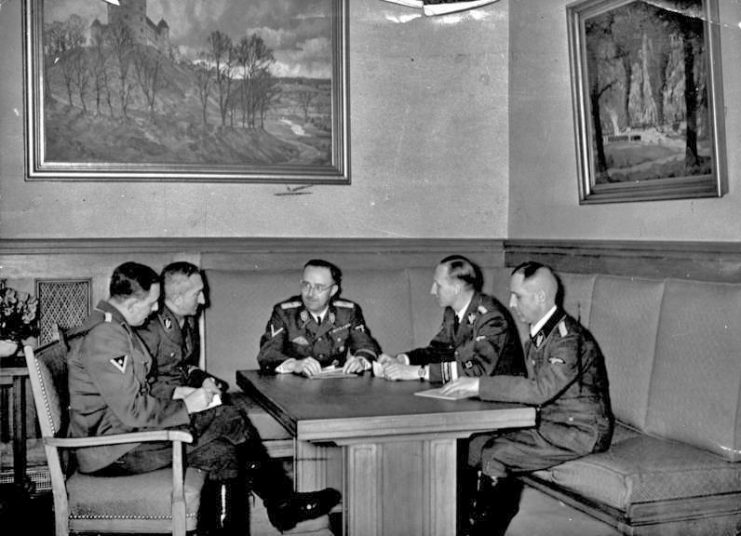
As the war drew to a close, Mueller was one of the most wanted Nazis – a Counter Intelligence War Room (CIWR) statement circulated in May 1945 to US interrogators listed the top five Nazis that prisoners should be asked about. Mueller was on that list. CIWR at that time was the main repository for information about wanted Nazis and became the lead agency in searching for them.
The last known sighting of Mueller was on the evening of May 1, the day after Hitler’s suicide, when he was seen at the Reich Chancellery building in Berlin. He refused to join a group of Hitler’s followers who were planning to break out of Berlin, telling the group that “I haven’t the faintest intention of being taken prisoner by the Russians.”
He was last seen in the Chancellery with his radio operator, Christian Scholz. After that, there were no further sightings and no information at all on the fate of either Mueller or Scholz.
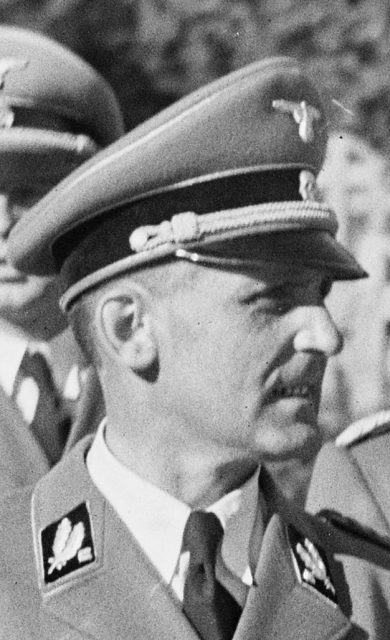
CIWR oversaw the search for Mueller in the period immediately following the war. One problem was that Heinrich Mueller was such a common name in Germany – there was, for example, another SS general with the same name and a great many Heinrich Muellers among German POWs. However, intensive investigation showed that none were the Gestapo chief.
The US Central Intelligence Agency was formed in 1947, but their interest in Mueller did not begin until 1961 when Lt. Col. Michael Goleniewski, the former Deputy Chief of Polish Military Counter Intelligence and a member of the Soviet KGB, defected to the west.
Goleniewski provided information which led to the identification of several highly placed Soviet agents in western intelligence services including George Blake in Britain’s MI6 and Heinz Felfe, a senior West German Counter-Intelligence Service officer.
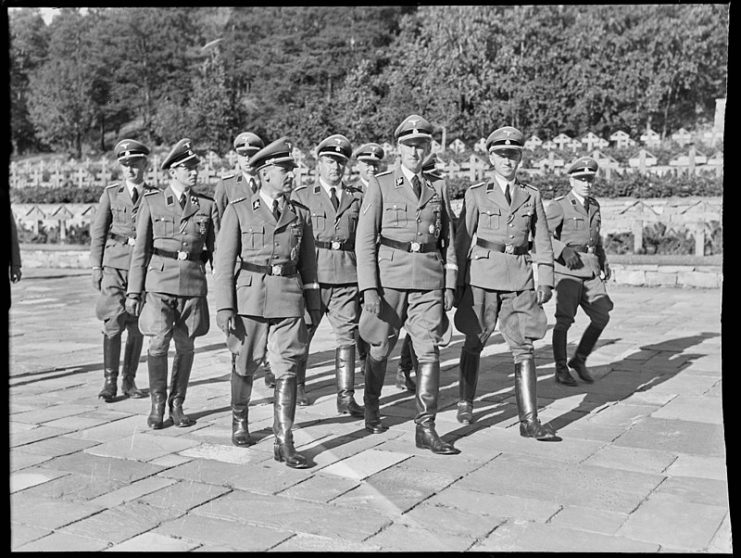
However, Goleniewski also claimed that Heinrich Mueller was living in Moscow, having defected to join Soviet counter-intelligence after the end of the war. This seemed to be corroborated when Adolf Eichmann was tried in Israel for war crimes in 1961 – during the trial he also claimed that Mueller had defected to the Soviets at the end of the war.
A CIA double-agent who was also a KGB officer was asked about Mueller. He noted that, although he had not personally met Mueller, he had been told by his superiors that Mueller had been recruited by the KGB in 1945 and he had read parts of the interrogation report on Mueller.
These events prompted the CIA, with the assistance of the West German Intelligence Service, the Bundesnachrichtendienst (BND), to begin an investigation into the fate of Mueller.
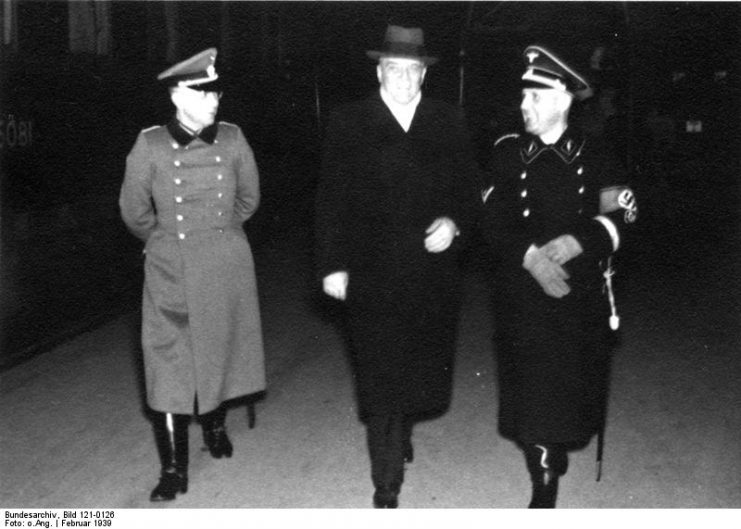
The first thing that was checked was an account provided by a Berlin morgue attendant, Fritz Leopold, who had told American interrogators in December 1945 that he had seen the body of Heinrich Mueller which had been buried in a cemetery on Lilienthalstrasse in West Berlin. This was generally accepted as being Mueller’s grave and his family had placed a headstone dedicated to Mueller on it.
However, when the grave was exhumed in 1963, the body within was found not to be that of Mueller.
Another account of Mueller’s death came from Walter Lueders, a member of the German Volkssturm in May 1945, who claimed to have buried the body of a man wearing the uniform of an SS General in a mass grave in the Jewish Cemetery on Grosse Hamburgerstasse. However, this cemetery was in East Berlin and the West German authorities had no way of confirming this at the time.
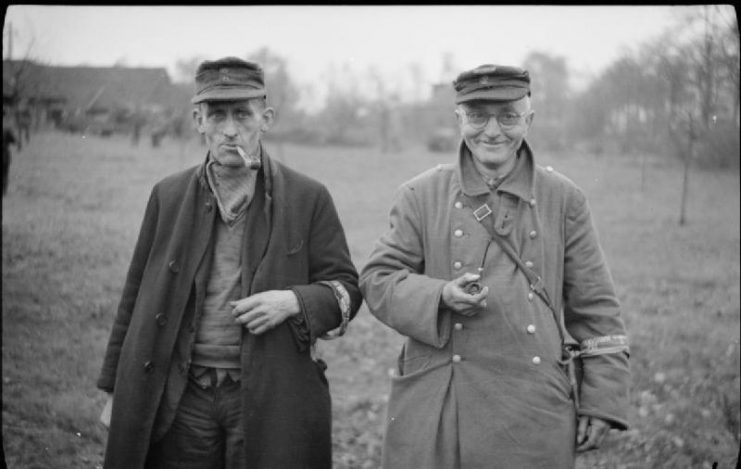
One bizarre fact that emerged from the investigation was that, in 1958, the German Armed Forces Information Office had returned to Mueller’s family both his personal papers and his decorations. The assumption was that these must have been recovered from his body, but there were no records as to where they had been obtained or whether their authenticity had been verified.
The question of whether Mueller had defected to the Soviets in 1945 had important security implications for the US. The CIA Counter Intelligence (CI) Staff headed by James Angleton were asked to investigate.
Angleton wrote a memo in December 1971 which noted that: “If SMERSH actually seized MUELLER and the best part of the RSHA records, Soviet capabilities to control important Germans and some other Europeans would far exceed those heretofore attributed to them.”
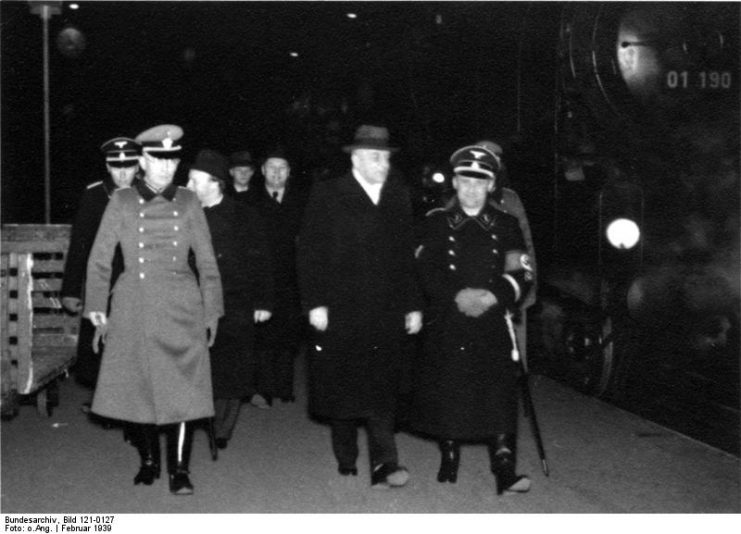
The result of the CI Staff investigation was a forty-page brief produced in early 1972. This report, titled “The Hunt for ‘Gestapo’ Mueller” concluded that there was some doubt about the fate of Mueller. It noted that: “No one appears to have tried very hard to find MUELLER immediately after the war while the trail was still hot, either in the West or the East.”
It also claimed that “There are strong indications but no proof that MUELLER collaborated with the Soviets. There are also strong indications but no proof that MUELLER died in Berlin. One thing appears certain. MUELLER and SCHOLZ had some special reason for entering the Berlin death trap and remaining behind in the Chancellery.”
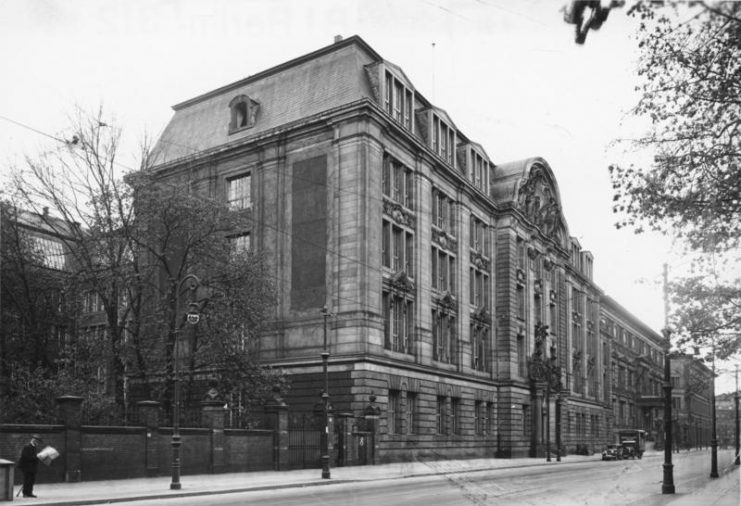
The CI Staff briefing concluded that a full-blown CIA investigation on the fate of Mueller should be carried out to establish whether or not he had survived and worked for Soviet counter-intelligence services after WWII. The CI Staff briefing on Mueller along with associated papers was declassified in 2001 as part of Record Group 263: Records of the Central Intelligence Agency and is now available in the US National Archives.
And that, tantalizingly, is where the CIA documents leave us. No other CIA documents pertaining to Mueller have been released, suggesting that for some reason the suggestion of the CI Staff was not followed and there was no detailed investigation.
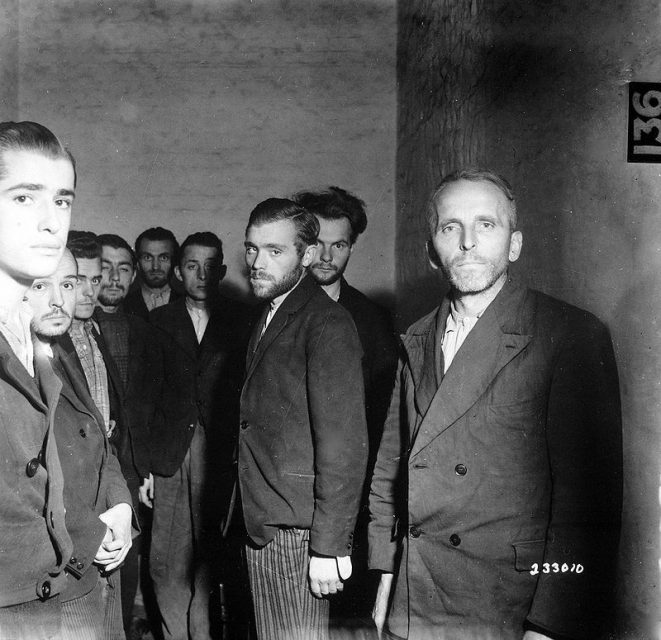
There were periodic “sightings” of Mueller in the 1960s and 1970s, but all were found to be mistakes. To date, no one has produced any credible evidence of Mueller’s survival after the war other than the information provided by defectors and double agents to the CIA.
Read another story from us: From Himmler’s Darling to Dachau Inmate: The Fraudulent Nazi Doctor.
Heinrich Mueller remains the most senior Nazi never to be caught or proven to be dead. It seems most likely that he was killed or committed suicide on May 1, 1945 and was buried in a mass grave on Grosse Hamburger Strasse, but that does not explain the information given to the CIA that he was working for the Soviets after the war.
Without absolute proof, it seems likely that the ultimate fate of “Gestapo” Mueller will continue to be a subject for speculation.
